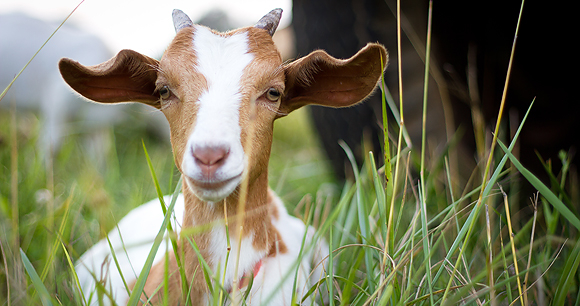
Approximately 80 billion animals (not including fish) are slaughtered globally each year in the meat, dairy, and egg industries, according to the Food and Agriculture Organization of the United Nations (FAO). Animals raised for food comprise about 98 percent of all animals used by humans in various industries.
The vast majority of farmed animals are raised in conventional, industrial agriculture systems known as concentrated animal feeding operations, or CAFOs (often referred to as “factory farms”). These systems are designed to maximize productivity and profit for the producer, but they create serious welfare problems for animals.

A very small but growing percentage of farmed animals are raised on higher-welfare farms that allow the animals to exhibit more of their natural behaviors, get exercise, have extended access to the outdoors and fresh air, and be social with each other. Although the animals are raised for food, these farmers strive to provide them with a high quality of life during their lifetimes.
This “On The Farm” section of AWI’s website serves as a resource to those who want to learn about the differences in these types of farming systems and the impact they have on farmed animal welfare.
The Animal Welfare Institute analyzes animal agriculture practices and scientific studies and works to inform and influence policymaking in a manner that raises the welfare standards of animals on the farm. Welfare concerns vary for cattle, pigs, sheep and goats, and poultry raised for food production. Click through the links to find more about each species, how they are raised, and specific welfare issues concerning them.